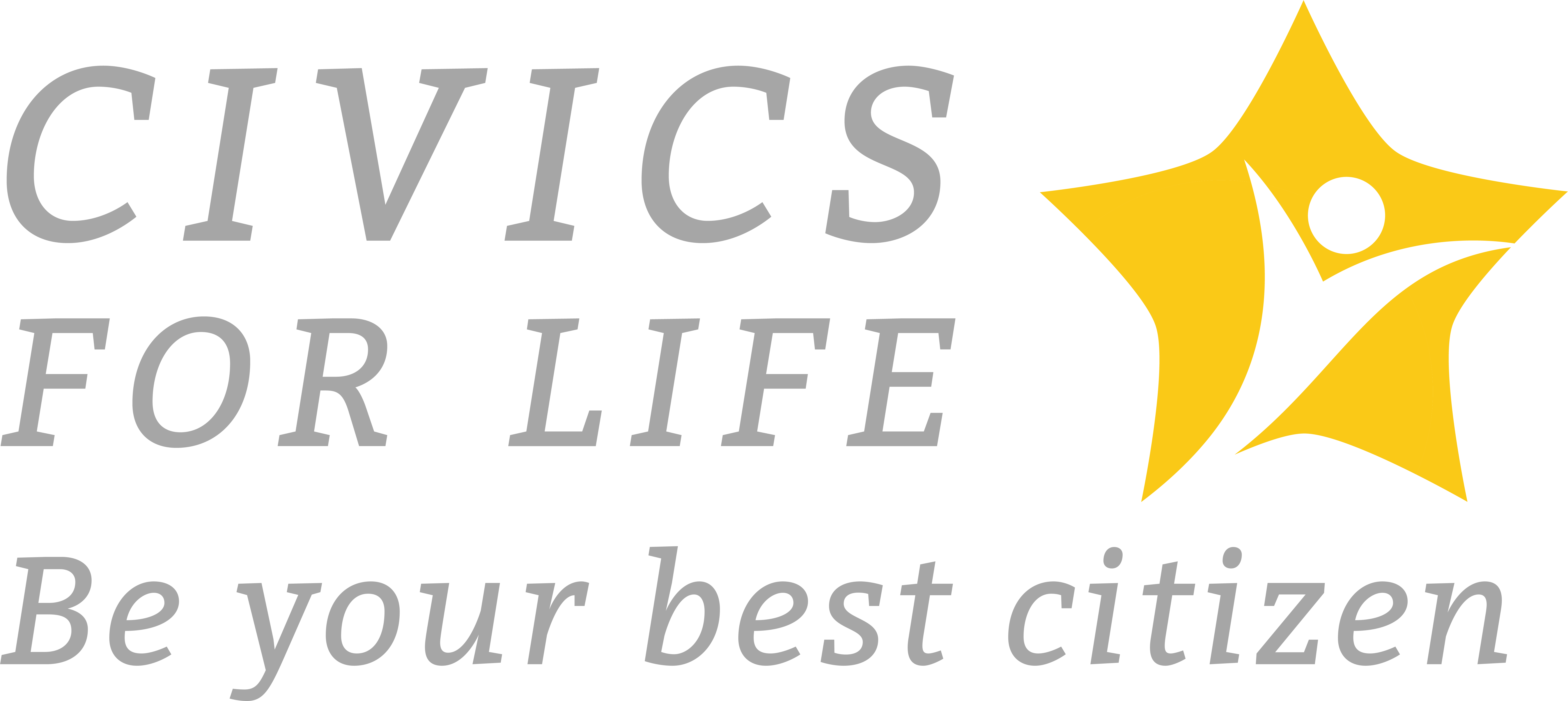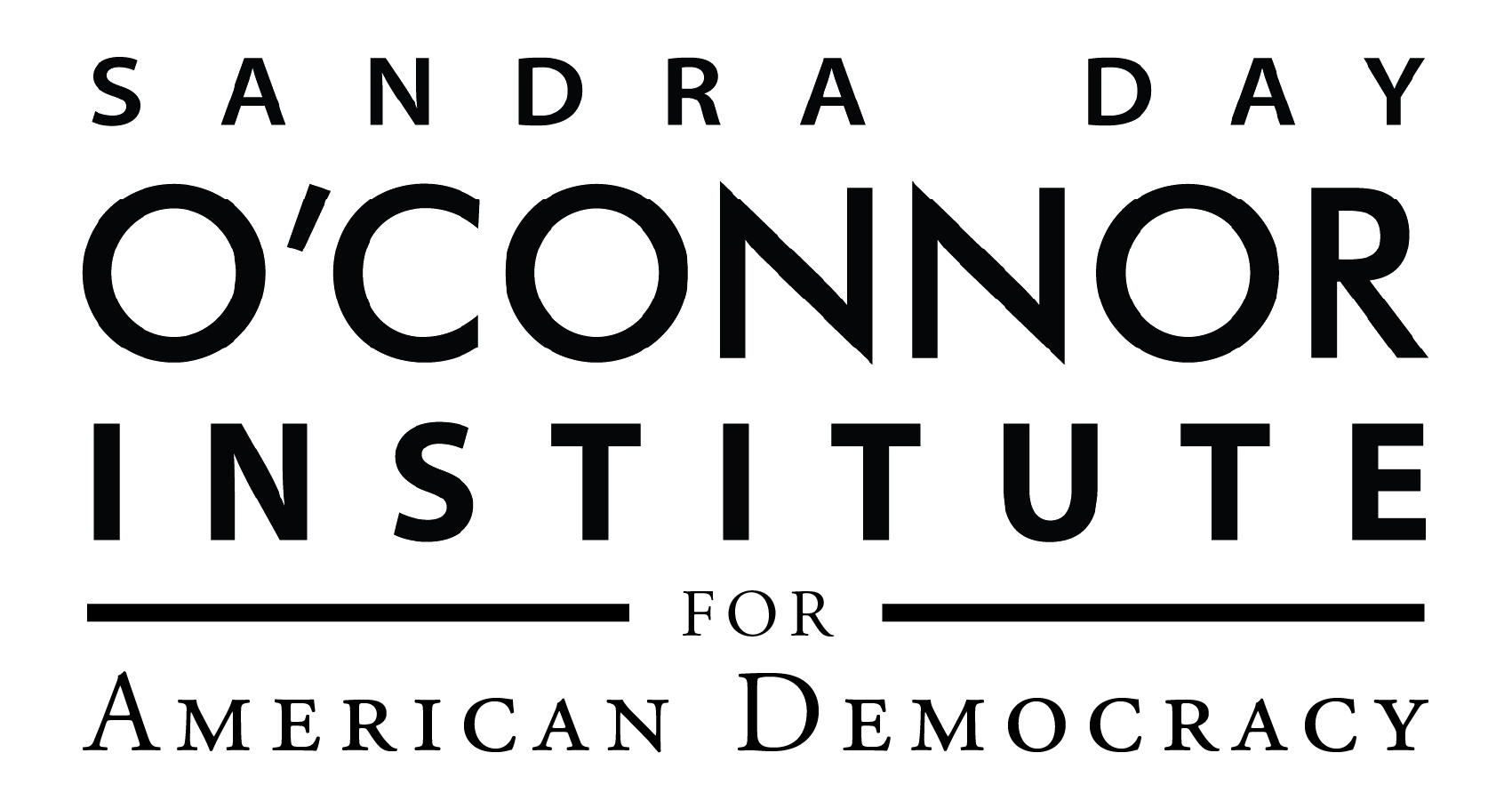What Does the Declaration of Independence Say?
The Declaration of Independence is a statement adopted by the Continental Congress on July 4, 1776, which announced that the thirteen American colonies, then at war with Great Britain, regarded themselves as independent states and no longer a part of the British Empire. These states would form a new nation, the United States of America. Fifty-six representatives from all thirteen colonies signed the declaration.
The Committee of Five drafted the Declaration of Independence. There are no surviving notes from the committee about its deliberations, and we know only that Jefferson wrote the first draft over seventeen days. Jefferson’s rough draft is preserved at the Library of Congress. Edits made by John Adams and Benjamin Franklin and changes made during congressional debates can be seen on the draft copy.

Second Continental Congress; reproduction: William Stone, Public domain, via Wikimedia Commons
The declaration is made up of four main sections. The first section is the Preamble, which explains why the colonies needed to break away from Britain and form their government. They used ideas from the 18th-century Enlightenment, particularly John Locke’s Two Treatises of Government, in which he asserted that man has natural rights that cannot be taken from him: “life, liberty, and property.” The Declaration of Independence echoed this belief when it proclaimed:
We hold these truths to be self-evident, that all men are created equal, that they are endowed by their Creator with certain unalienable Rights, that among these are Life, Liberty, and the pursuit of Happiness.
In this passage, the colonists claim that, as human beings, they have rights that can never be taken away by the government. They claim that government derives its power from the people it governs. When the government stops supporting the needs of the people, “it is their right, it is their duty, to throw off such Government, and to provide new Guards for their future security.” Britain had shown through its actions that it would not support the colonist’s needs, so it needed to be replaced by a new authority.
The second section was a list of grievances against King George III of England. There are 27 examples of George III’s “repeated injuries and usurpations” of the colonies and their freedoms and rights. For instance, Grievance One complained that George III stood in the way of the colonies’ self-government by not approving measures they passed, even if the efforts were “wholesome and necessary for the public good.” By not ratifying colonial laws, George III effectively stopped progress for all of the colonies.
Grievance Nine showed how judges in the colony were not fair to colonists because the “tenure of their office and the amount and payment of their salaries” depended on George III. British judges in the colonies tended to rule in ways the king would approve of because their livelihoods depended on keeping the king satisfied. Colonists believed any case they might bring against the British government would be ruled in the king’s favor because the judges were dependent on him. Colonists did not believe they could receive a fair trial.
The third section of the Declaration of Independence declares the colonies independent states and names them the United States of America. They claim, based on the reasons stated, that the colonists had no choice but to declare their independence from Great Britain and form their own country. This section contains language from the Lee Resolution that created the Committee of Five. It stated:
That these United Colonies are, and of right ought to be, free and independent States, that they are absolved from all allegiance to the British Crown, and that all political connection between them and the State of Great Britain is, and ought to be, totally dissolved.
The fourth and final section is the signatures. By signing the declaration, these men committed treason toward Britain. If the colonies did not win the war, the signers would have been captured, tried, and executed as traitors to the crown. The declaration was signed by 56 members of the Second Continental Congress, representing all thirteen colonies. These men believed their words required action, and many would experience hardships throughout the American Revolution.
- Nine fought and died in the American Revolution.
- Five were captured by the British during the war and tortured as traitors.
- Twelve had their homes destroyed by British forces.
- Two lost sons while fighting in the war.
After the war, some signers would go on to be presidents, vice presidents, Supreme Court justices, and members of Congress of the new American nation. Without their courage to sign the Declaration of Independence when the outcome was far from being known, the United States would not exist.

